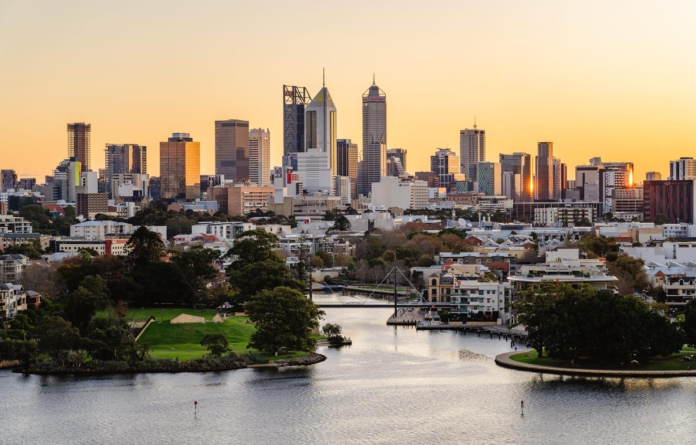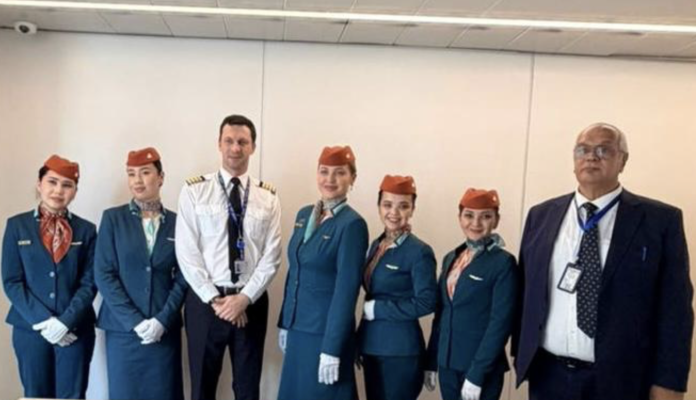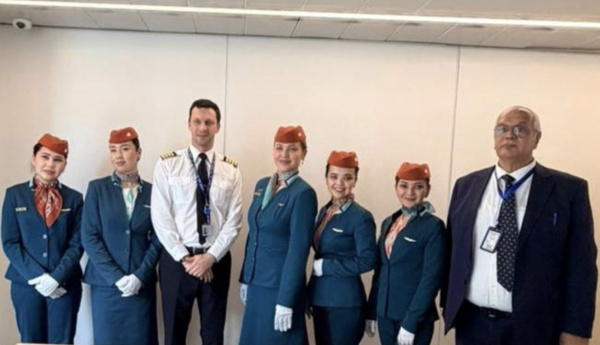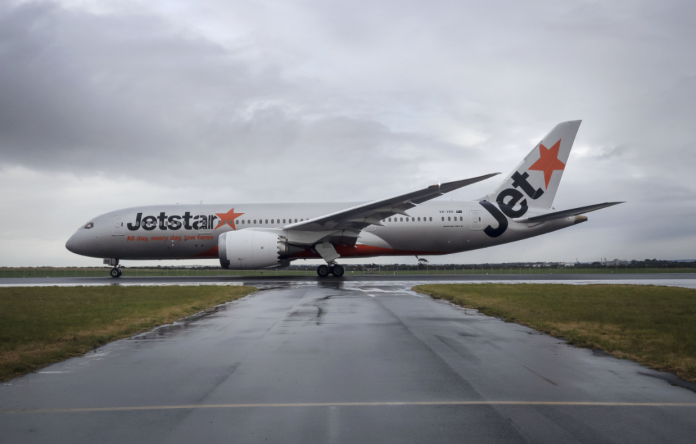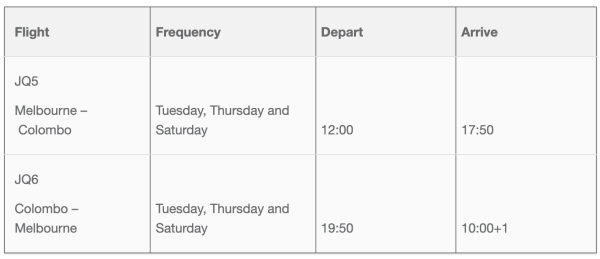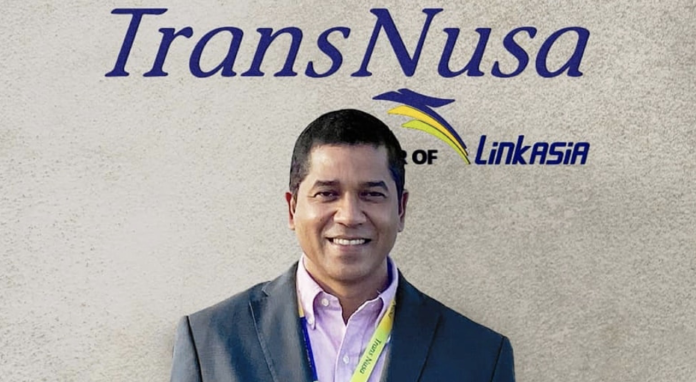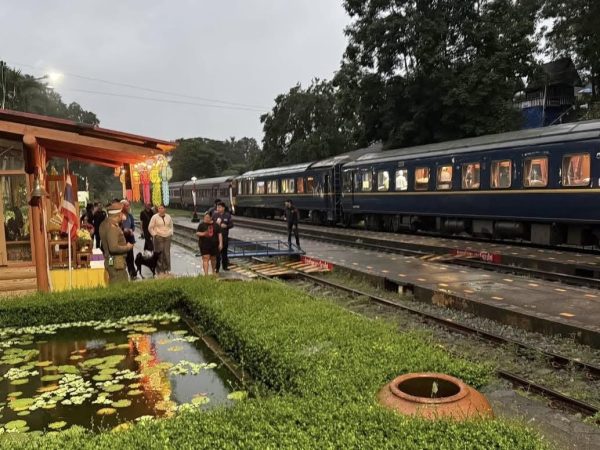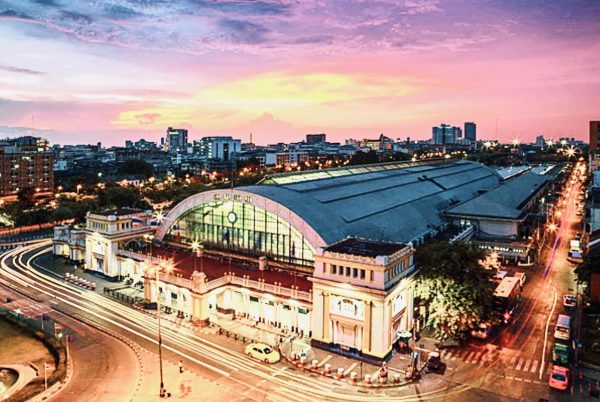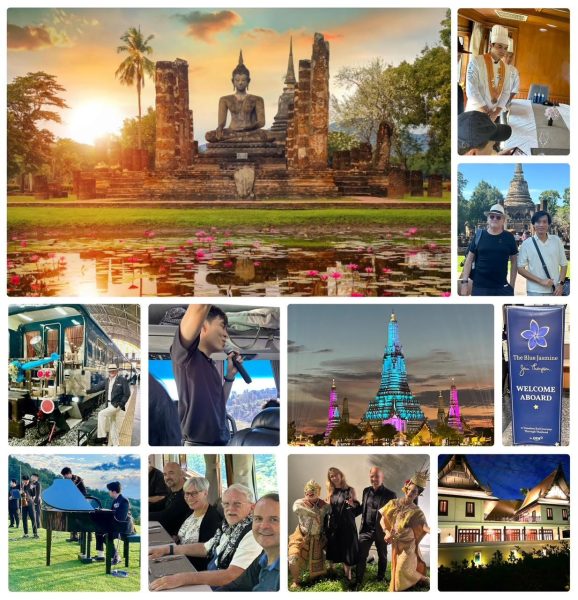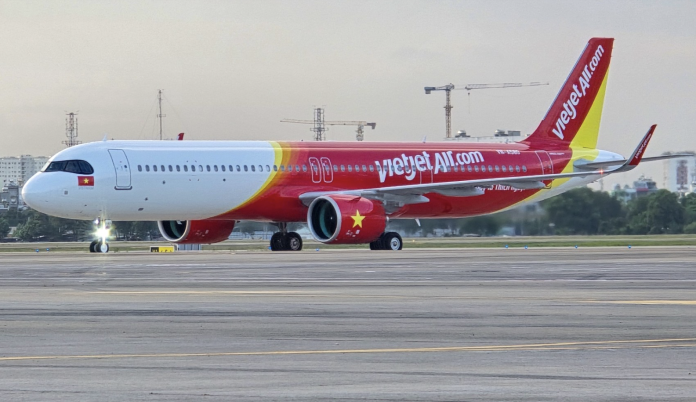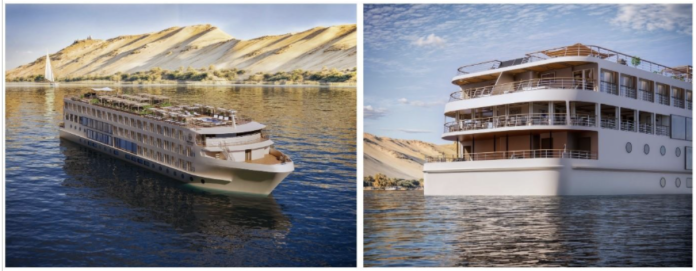PHUKET, 9 December 2025: AirAsia Malaysia (AK) announced on Monday the launch of a new route connecting Phuket to Penang, which is due to join the airline’s regional network on 13 March 2026.
The airline will deploy an A320 for the one-hour and five-minute flight. AirAsia previously served the Phuket-Penang route daily from July 2018 until October 2020. It suspended flights due to widespread travel disruptions caused by the COVID-19 pandemic.
The airline’s decision to resume flights suggests passenger traffic between the two destinations is recovering enough to test the market with a four-weekly service while leaving open the option to increase to daily if the service succeeds.

Flight schedule
AK1820 departs Penang (PEN) at 1235 and arrives in Phuket (HKT) at 1240 (four weekly flights — Monday, Wednesday, Friday, Sunday).
AK1821 departs Phuket (HKT) at 1310 and arrives in Penang (PEN) at 1515.
Penang stands out as one of Malaysia’s leading medical-tourism hubs and a key tourism gateway in Southeast Asia, offering world-class hospitals alongside a rich heritage and vibrant food culture.
Phuket, meanwhile, is globally recognised for its beaches, wellness centres and dynamic lifestyle appeal. A direct Penang–Phuket service connects these complementary strengths to create a compelling leisure and medical travel corridor, giving guests greater convenience, flexibility and choice while supporting year-round demand and two-way economic activity.
Penang’s medical-tourism sector continues to show strong momentum, recording over 200,000 foreign patients and nearly MYR500 million in revenue as of August 2025, with international arrivals growing steadily since 2023, led by Indonesia, China and Thailand.
This growth also mirrors broader regional travel patterns, including Malaysia’s position as Thailand’s top source of foreign tourist arrivals with more than 4 million Malaysians visiting the kingdom as of November this year — further reinforcing the potential and relevance of enhanced connectivity between the two destinations.
With four weekly flights between Malaysia and Thailand, the airline continues to expand its second route to Thailand from its Penang hub, further enhancing seamless travel and providing more options through its network, which connects to over 130 destinations across Asean and beyond.
AirAsia Malaysia CEO Dato Captain Fareh Mazputra said: “As we approach Visit Malaysia 2026, we remain committed to supporting the nation’s tourism ambitions by strengthening inbound connectivity to key local destinations. Thailand consistently ranks among Penang’s top five sources of foreign tourists, and in 2025 alone, we flew nearly 200,000 guests between Penang and Bangkok.
“With the launch of the new Penang–Phuket route, both inbound and outbound tourist traffic will increase, and AirAsia is further enhancing its role in driving tourism growth from this important market.”
“As one of AirAsia’s five major hubs in Malaysia, Penang offers direct connections to 12 domestic and international cities, including Singapore, Jakarta, Ho Chi Minh City, Medan and Shenzhen.
“With the new Penang–Phuket route, we are offering Thai travellers from Phuket and travellers across Asean more convenient, affordable, and seamless travel options. This expansion strengthens Penang’s role as a key regional hub. It supports the state’s efforts to boost tourism and economic activity, while highlighting its famous beaches, hawker cuisine, cultural heritage, medical facilities and vibrant nightlife.”
As part of the launch celebrations, AirAsia offers special promotional fares from Penang to Phuket, starting from just THB1,690 all-in one-way.
Flights from Phuket to Penang are also available from THB1,690 all-in one-way (MYR179)*. The promotion opened on 8 December and closes at midnight on 21 December 2025, for travel between 13 March and 24 October 2026, exclusively on the AirAsia MOVE app and airasia.com.
*All-in fares are quoted for one-way travel only, including passenger service charge, regulatory service charges, fuel surcharges and other applicable fees. Terms and conditions apply.
(Source: AirAsia plus timetable)



